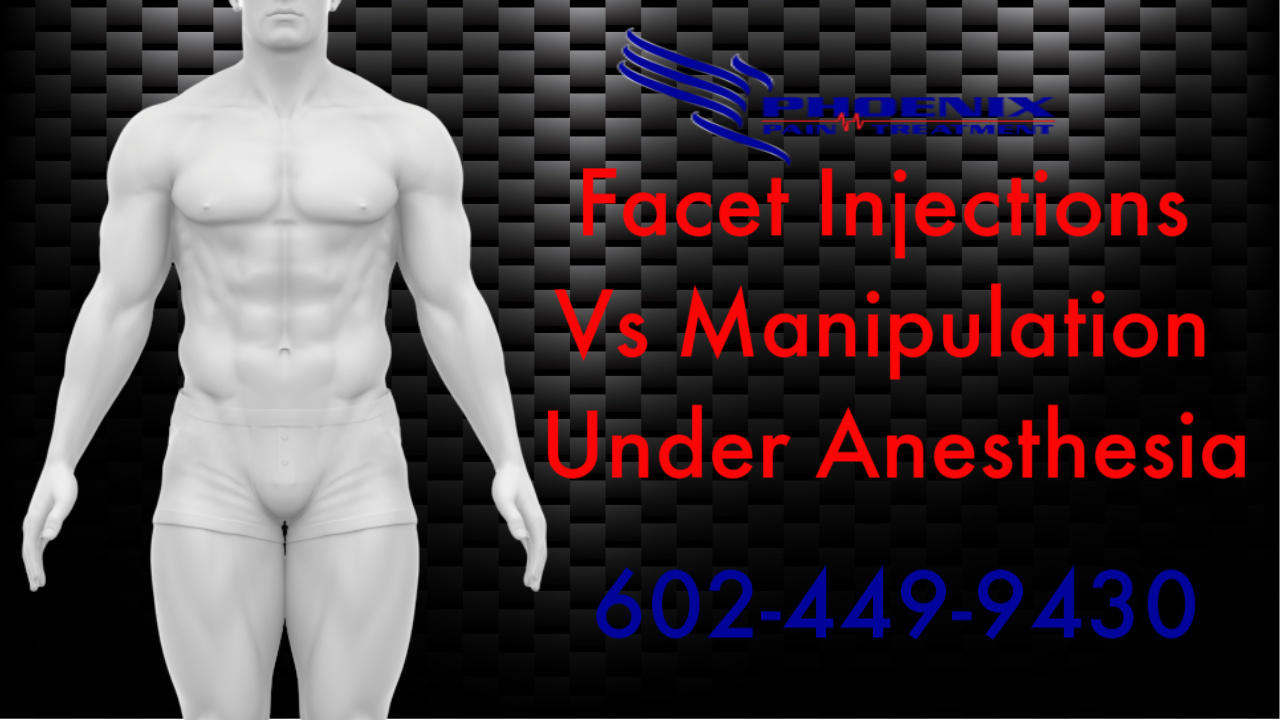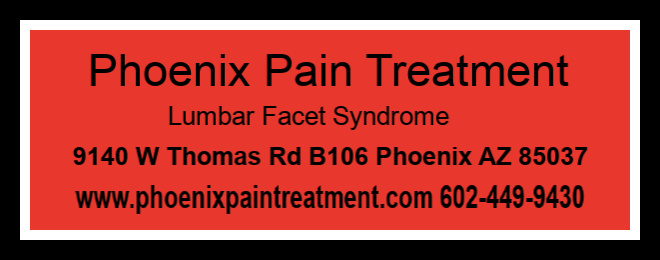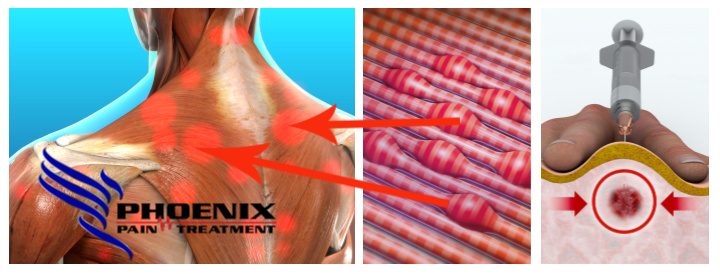Whiplash, Axial Pain And Ligamentous Instability
In this article we going to talk about whiplash and axial pain because that is a common health issue that patients often call us about as a result of a whiplash experience. More often than not people that have suffered whiplash trauma are really struggling with Axial Pain years after the accident, like headaches and neck pain. They may say, Oh my gosh, my ears ring. I am dizzy. I have brain fog. My balance is off. In more severe cases, I have difficulty swallowing. My voice is getting worse. My tongue goes numb and really a long list of symptoms occurs post whiplash that many healthcare and the public in general just do not associate with whiplash.
What is Axial Pain?
Axial Pain is a type of mechanical pain that expresses itself in one specific area, spot, or region of your body. Axial pain can be depicted as dull, sharp, comes and goes, throbbing, tight, or burning. The no 1 axial pain description of whiplash is muscle tightness; however, whiplash is more expansive than muscle tightness.
Spinal Ligament instability is the No 1 Cause of disability in the United States
When you actually suffer significant ligament damage in your neck that then renders your neck unstable. Think of all your ligaments throughout your whole body as well, basically rubber bands that hold your skeleton together. And if the rubber bands are too loose or they are too stretched out in your neck, your vertebrae are going to shift and move more than what is considered normal. I actually had a patient describe her neck movement following whiplash injury as “I feel like a bobble-head”. Ligament Instability can actually your vertebrae shift enough that they press on adjacent nerves or blood vessels, or anything mechanical that might actually contribute to those symptoms that I listed before. More often than notw hiplash victims that suffer whiplash, right after the accident they will go to a chiropractor or physical therapy and even undergo other kinds of treatments but they quit the minute they are feeling better or feel less pain.
Without Complete Treatment Over Time Your Symptoms Will Return
Without complete treatment over time your condition can actually get worse and become more disabling as times go on. This will also set in motion the process of Osteoarthritis in a galloping rate. Many specialists, neurologists and other healthcare experts are not trained to look for and diagnose spinal ligament instability. Meaning if you do not know what you are looking for how can you find it?
What If Your “Specialist” Treatment is not improving the Functional Movement Of Your Spine
Doesn’t it make sense that if none of those treatments are helping or worse yet your symptoms returned after completing your “specialists” treatment that you have to look a little farther and say, okay, what’s actually going on to the soft tissue integrity of my neck after this injury.
Most people think of whiplash like, “Oh, I, I got in this huge car accident, I injured my neck” my car was totaled so I must have severe whiplash. The truth of the matter is amount of damage your car suffered does not equate to the amount of tissue damage you suffered. The idea that since you were in a “little fender bender” and there was little damage to my car, so I did not really suffer whiplash or any injuries at all is just not clinically sound.
Here Is Why You May Have Suffered Spinal Ligament Injury
The way our soft tissue system is set up is a virtual miracle. Everything in your neck except for the bones or vertebra is considered soft tissue which includes all non-bone tissues this includes but is not limited to the following muscles, ligaments, tendons, blood vessels, disc tissue, lymph tissues any organs such as your throat.
The muscular system which attaches to your bones by tendons has a series of “circuit Breakers” as do the ligaments in your neck (and the rest of your body). Typically, when someone is involved in an Auto collision their neck muscles as well as most of the spinal muscles are in a relaxed state. Actually, so are the spinal ligaments except the fact that your ligamentous system is always on duty or on guard.
But the spinal ligament system was not intended to absorb this type of trauma and physically is unable to absorb the super-fast high force trauma of a collision of any type. Especially the forces created by an car collision.
The muscular system is what protects your spine and more often than not when you are in an car wreck your muscular system was in a relaxed state or non-tension state of relaxation. Meaning your muscular system was not tensed up in protection mode prior to the hit/impact leaving your ligament system prey to the forces of car collision trauma.
Just so you know even though you might have time to tense up your muscles if you see the accident coming you can still suffer ligamentous damage. There are so many factors that play a role in the damage of your spinal ligaments like was your head turned upon impact, were you looking downward at your cell phone at impact, were you leaning forward to change the radio station or worse yet were you leaning forward to pick up your cell phone? All of these pre hit posture can affect how much damage you incurred upon impact.

We Treat Spinal Ligament Instability
The most common injury to the spine is a ligament injury, called a sprain.
The ligaments hold the spine in alignment under load, and when they are damaged, they can cause misalignment of the spine, pain (both local and referred) and most importantly this ligament damage can cause a corruption of the body’s ability to accurately coordinate spinal muscle response. The muscles stabilize the spine during your activity and if they are not online at the proper time, instability, dysfunction, and significant impairment can ensue, i.e., you cannot perform the task without either weakness or pain. This is called spinal instability.
Here is A List Of Spinal Ligament Instability of The Cervical Spine
- Intolerance to prolonged static postures
- Fatigue and inability to hold head up
- Better with external support, including hands or collar
- Frequent need for self-manipulation
- Feeling of instability, shaking, or lack of control
- Frequent episodes of acute attacks
- Sharp pain, possibly with sudden movements
- Head feels heavy
- Neck gets stuck, or locks, with movement
- Better in unloaded position such as lying down
- Catching, clicking, clunking, and popping sensation
- Past history of neck dysfunction or trauma
- Trivial movements provoke symptoms
- Muscles feel tight or stiff
- Unwillingness, apprehension, or fear of movement
- Temporary improvement with clinical manipulation
- Dizziness
- Difficulty Swallowing
- Tenderness in the cervical region
- Referred pain in the shoulder or paraspinal region
- Cervical radiculopathy
- Cervical myelopathy
- Headaches
- Paraspinal muscle spasm
- Decreased cervical lordosis

We Are Accepting New Patients
The post Post-Whiplash Symptoms Will Worsen Over Time Without Proper Treatment appeared first on Phoenix Interventional Pain Management.
from
https://phoenixpaintreatment.com/post-whiplash-symptoms-will-worsen-over-time-without-proper-treatment/












